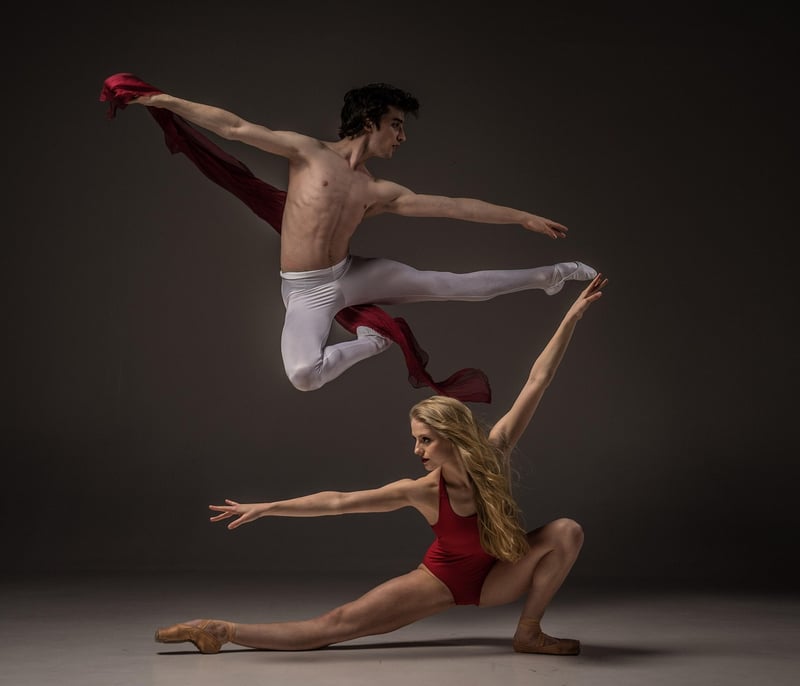Salsa
The Art of Expressive Movement in Salsa Dancing
Salsa dancing is not just about moving your feet to the rhythm of the music; it's a form of expressive movement that allows individuals to convey emotions, tell stories, and connect with others on a deeper level. In salsa, every step, turn, and body movement is an opportunity to express yourself and communicate with your dance partner.
The Role of Expressive Movement in Salsa
Expressive movement in salsa adds flair, passion, and personality to the dance. It goes beyond the technical aspects of the steps and involves using your body to create shapes, lines, and dynamics that reflect the music's mood and energy. Whether it's a sharp footwork sequence or a fluid body roll, each movement in salsa can be infused with emotion and intention.
Connecting with Your Partner
One of the unique aspects of salsa dancing is the connection between partners. Through expressive movement, dancers can establish a strong connection with their partner, leading to a more harmonious and enjoyable dance experience. By mirroring each other's movements, responding to cues, and expressing shared emotions through dance, partners can create a powerful bond on the dance floor.
Bringing Stories to Life
Another fascinating aspect of expressive movement in salsa is the ability to tell stories through dance. Each song in salsa has its own narrative, emotions, and rhythms, allowing dancers to interpret the music and bring the story to life through their movements. Whether it's a tale of love, heartbreak, joy, or passion, dancers can use their bodies to convey the story and evoke emotions in their audience.
Embracing Creativity and Individuality
Expressive movement in salsa also encourages dancers to embrace their creativity and individuality. While there are basic steps and patterns in salsa, dancers have the freedom to add their unique style, flair, and interpretation to the dance. By infusing their movements with personal touches, dancers can showcase their personality and create a memorable and authentic dance experience.
Conclusion
Salsa dancing is not just a series of steps; it's a form of expressive movement that allows dancers to connect, communicate, and create art through their bodies. By embracing expressive movement in salsa, dancers can elevate their dance experience, tell compelling stories, and forge meaningful connections with their partners and audience.

Learn more about the art of salsa dancing and expressive movement here.
